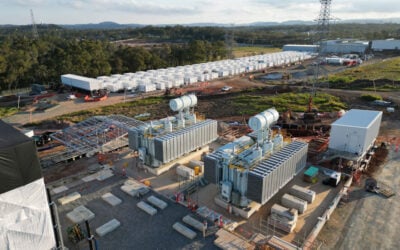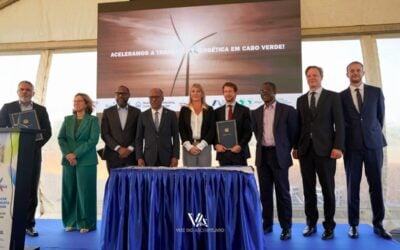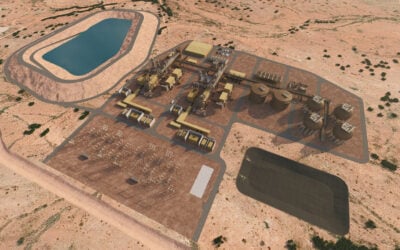
Chile has published details of its latest power auction set to take place later this year that will contract 5,250GWh per annum for 15 years.
The country’s National Energy Commission (CNE) said it will carry out the tender to support the government’s decarbonisation efforts and the promotion of renewables and energy storage systems (ESS).
Domestic and international companies will be able to participate and bid for contracts to supply power from January 2027 to December 2041, CNE said.
According to the auction timetable, participants will have until 17 June to submit bids before winners are announced on 4 July.
Try Premium for just $1
- Full premium access for the first month at only $1
- Converts to an annual rate after 30 days unless cancelled
- Cancel anytime during the trial period
Premium Benefits
- Expert industry analysis and interviews
- Digital access to PV Tech Power journal
- Exclusive event discounts
Or get the full Premium subscription right away
Or continue reading this article for free
Chile’s most recent power auction took place last September, was eight times oversubscribed and will see the country support 2GW of renewables and storage projects.
Successful bidders included independent power producers (IPP) Sonnedix and Opdenergy, solar manufacturer and project developer Canadian Solar and Portuguese utility EDP.
That tender closed with average prices of US$23.78/MWh, 27% lower than the country’s auction in 2017.
As of November 2021, Chile had just over 5.8GW of installed solar PV capacity, the vast majority of which is deployed in the northern regions of Atacama and Antofagasta, according to figures from the Chilean Association of Renewable Energy and Storage (ACERA).
Chile is targeting a share of 60% of renewables in power generation by 2035 and 70% by 2050.
During November’s COP26 talks in the UK, the government announced a US$400 million commitment to bring the country’s installed energy storage capacity to more than 300MW in partnership with AES Corporation, which is already working on a 118MW BESS project in the Antofagasta region.
In October last year, Energy-Storage.news reported that Statkraft was awarded rights to build a 400MW wind power project that could include up to 200MW / 1GWh of battery storage. Various other battery and non-battery energy storage projects are in planning, development or construction stages in the Latin American country.
This story first appeared on PV Tech
Additional reporting for Energy-Storage.news by Andy Colthorpe.





